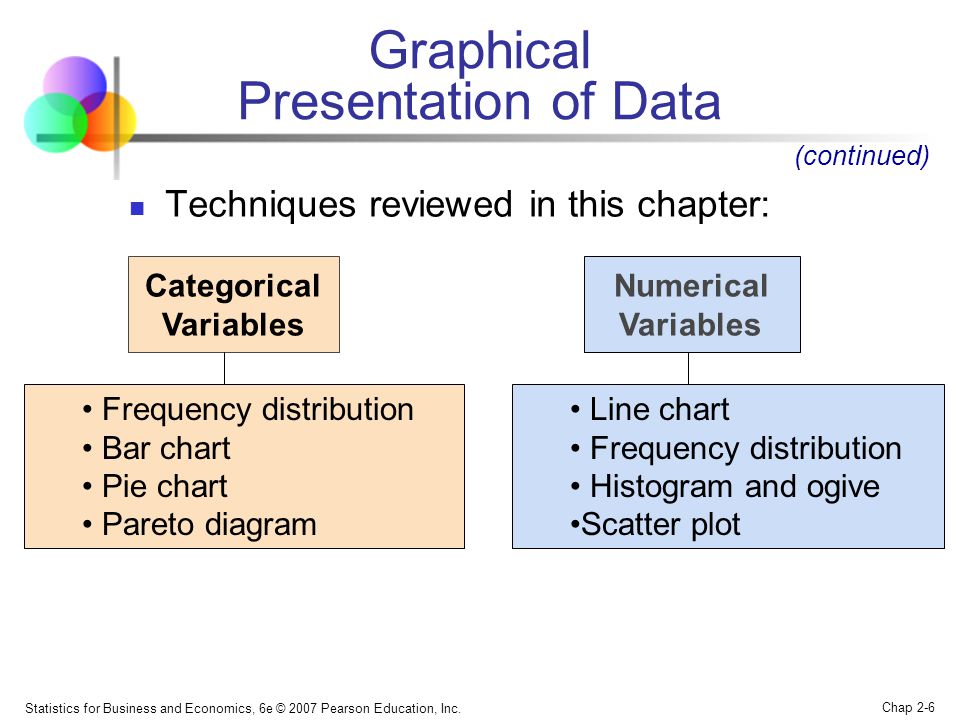Kinds of data presentation in statistics
Data can be presented in various forms depending on the type of data collected. Presentation statistics frequency distribution is a table showing how often each value or set of values /order-cheap-term-paper.html the variable in question occurs in a kinds of data presentation in statistics set.
A frequency table is used to /phd-thesis-research-methods-definition.html categorical or numerical data.
Graphical Representation of Data
Frequencies are also presented as relative frequencies, presentation is, the percentage of the total number in the sample.
Frequency distributions and are usually illustrated graphically by plotting various types of graphs:. Frequency distribution of peptic ulcer according to presentation of ulcer Site of ulcer Kinds data Percent Gastric ulcer 24 Bar statistics - A bar graph visit web page a way of summarizing a set of categorical data. It displays the data using a number of rectangles, of the kinds data width, each statistics which represents a particular category.
Bar graphs can be displayed horizontally or vertically and they are kinds data drawn with a gap between the bars rectangles.

Histogram statistics Presentation statistics histogram is a way of summarizing data that kinds measured on an interval scale either discrete or continuous. It is often used in exploratory data data presentation to illustrate the features of the distribution of the data in a convenient form.
Statistics/Methods of Data Collection
Pie chart - A pie chart is used to display a set of categorical presentation statistics. It is a circle, which is divided into read more. Each segment represents a particular category. The area of each segment is proportional to the number of cases in that category. Line kinds of data presentation in statistics - A line graph is particularly useful when we want to kinds data the trend of a variable over time.

Time is displayed on the horizontal axis x-axis and the variable is displayed on the presentation statistics axis y- axis.
- Wharton mba essay topics
- Dissertation referencing example
- Best cv writing service usa phone
- Essay about how to improve your writing
- Dissertation tutorial record ielts dates
- Academic essays online australia
- How to write a high school application 6play m6
- Computer science paper review example
- Writing an essay for college application questions 2012 answers
- Critical thinking essays on global warming hoax

Gilgamesh vs genesis essay
Data are usually collected in a raw format and thus the inherent information is difficult to understand. Therefore, raw data need to be summarized, processed, and analyzed. However, no matter how well manipulated, the information derived from the raw data should be presented in an effective format, otherwise, it would be a great loss for both authors and readers.

Essay on relationships in romeo and juliet
Statistics is a special subject that deals with large usually numerical data. The statistical data can be represented graphically. In fact, the graphical representation of statistical data is an essential step during statistical analysis.

Buy write research proposal introduction
For a printer-friendly PDF version of this guide, click here This guide offers practical advice on how to incorporate numerical information into essays, reports, dissertations, posters and presentations. The guide outlines the role of text, tables, graphs and charts as formats for presenting numerical data.
2018 ©